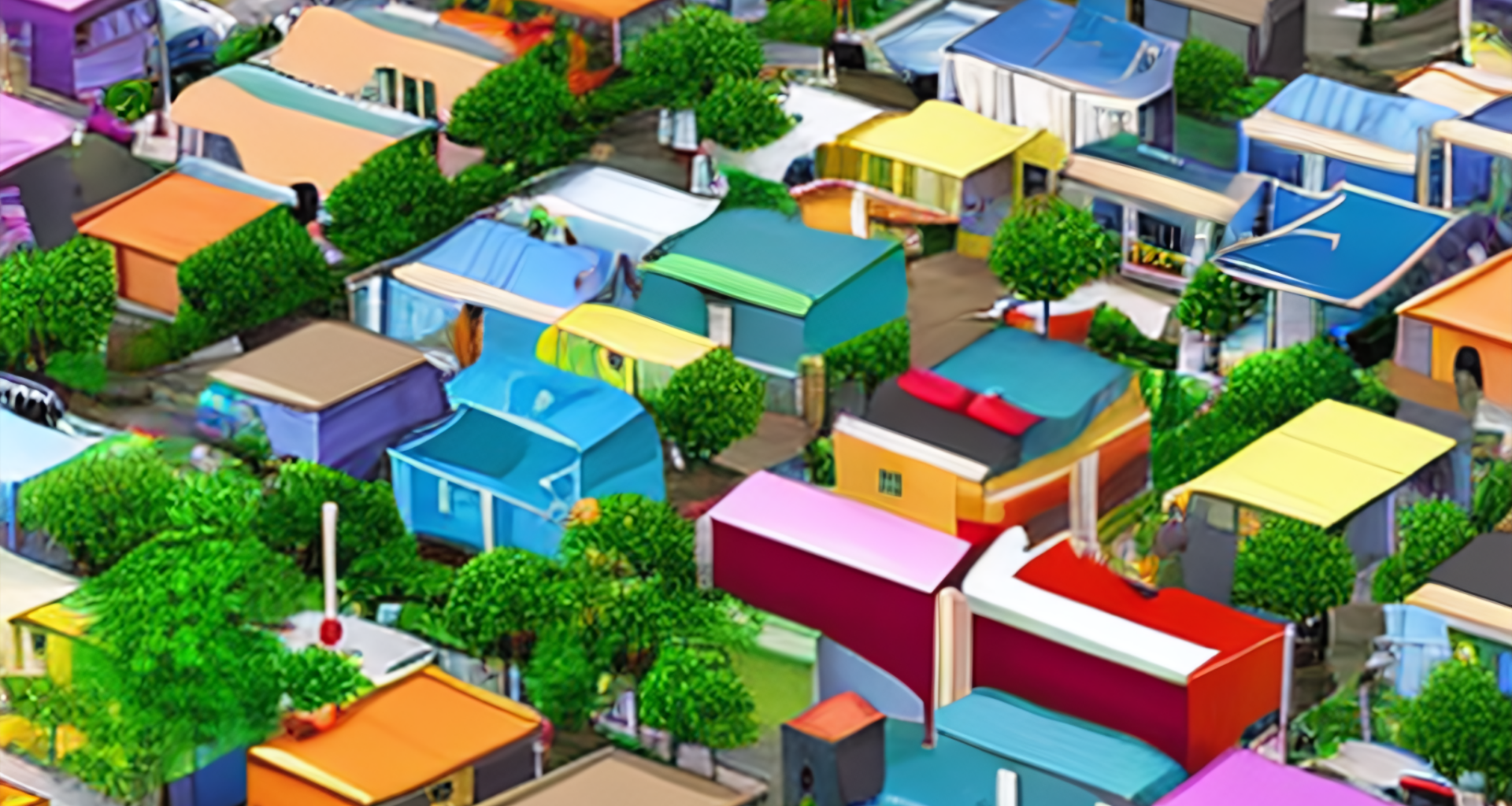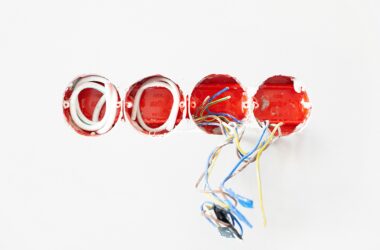This is a good, if long, article that summarizes how everything seems to be converging on a set of homogeneous styles:
I’ve read the bit on how all cars have near-identical shapes, and I can appreciate the ubiquitous decor of coffee shops, hotels, etc. The memetic reproduction of Instagram shots is almost expected at this point, but I found the observations around the similarities in architecture—leading to an eery resemblance in skylines—more thought-provoking. Hell, I can think of a couple more designs that have ended up looking kinda the same: marketing sites that extend that sans-serif minimalist logo aesthetic to dozens of landing pages, and phones that have become blocks of glass and metal with minor variations of camera punch-out holes.
It’s worth asking why so many of these things have “averaged out” into looking and behaving the same way.
One easy explanation is that communication happens at internet speeds now; design and aesthetic trends enjoy much more expansive, almost global influence by default. Our obsession with the best means that we end up emulating the best, and that’s all the easier when designs go viral by instantaneously sharing and reposting across social media. There are ironically fewer incentives for experimentation and meddling creativity in the broad middle when really good ideas are easily copied—unfortunately, as the article points out, to the point of being overdone.
But that cannot be the full explanation, when creative flourishes still exist, though admittedly in more limited contexts. Designs of new EVs, for instance, have broken the mold of car exteriors’ gradual iteration into the same body shape with annoyingly similar contours. Laptops now come in all shapes and sizes, with folding screens, multiple screens, detachable tablets, and one-off input devices. And in the watch world, while there are certainly watch designs that are inspired by, pay homage to, or straight-up copy something more design, there are still plenty of unique designs across a breadth of manufacturers.
The common thread among these examples1 is that they’re spurred by competition. In fact, in each case, the industry had its designs evolve to the point where competitors offered up similar-looking products, playing out in the same way as suggested in the above article. Along the way, the industry itself consolidated and contracted, unable to materially differentiate from an end-product standpoint; the only lever left to pull was to drive down production costs and leverage economies of scale.
And that would be where most product stories end in dénouement. What jots these categories is the reintroduction of competition: sometimes via new technologies like electric powertrains; sometimes via a revival in consumer interest in adjacent industries like smartwatches2. When new entrants rush into a new domain looking to establish their own footholds, they tend to bring new ideas—if nothing else, to garner attention away from the formidable incumbents.
This dynamic applies elsewhere as well. Consumer products compete on price and cost of manufacturing, so naturally technology that disrupts efficiencies prompts design innovations. For something a bit more social, YouTube’s dominance had stagnated how amateur videos were produced until TikTok came along and jolted the format3. In video games, certainly some of the blockbusters follow an established formula, but escalating costs have created space for a thriving indie gaming scene, where modest budgets combine with gameplay creativity to realize some amazing ideas.
The saying goes something like, “constraints breed creativity.” That can be true, when all else is equal so creativity becomes the primary axis for differentiation. The real world, though, doesn’t really let all things be equal most of the time. It’s during moments of disruption and change that there’s a slightly more equal playing field, in that nobody has an insurmountable advantage as the motivation for creativity is realized through opportunity.
Admittedly, I drew them from my own interests; I’m sure there are more pertinent examples if I look further afield.↩
Which, ironically, have rapidly iterated to the same glass-and-metal design of smartphones.↩
Admittedly, given how fast social media evolves, that novel format is now approaching its own point of saturation.↩



